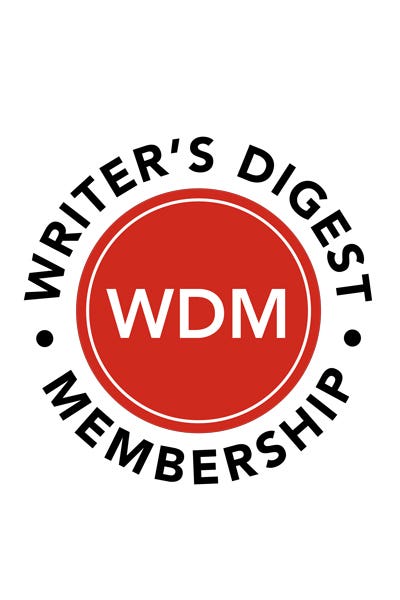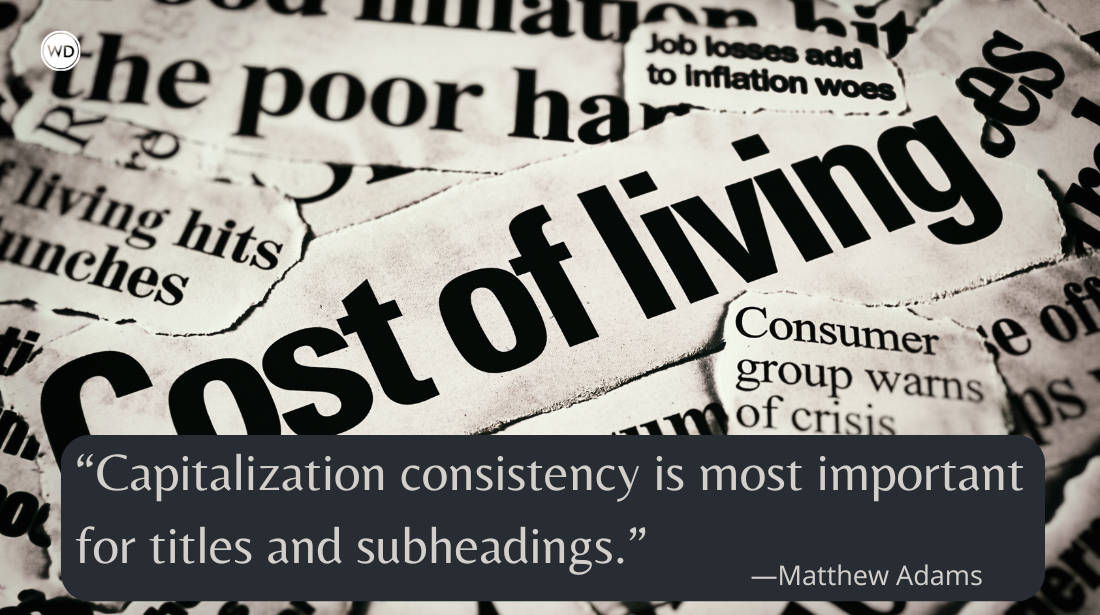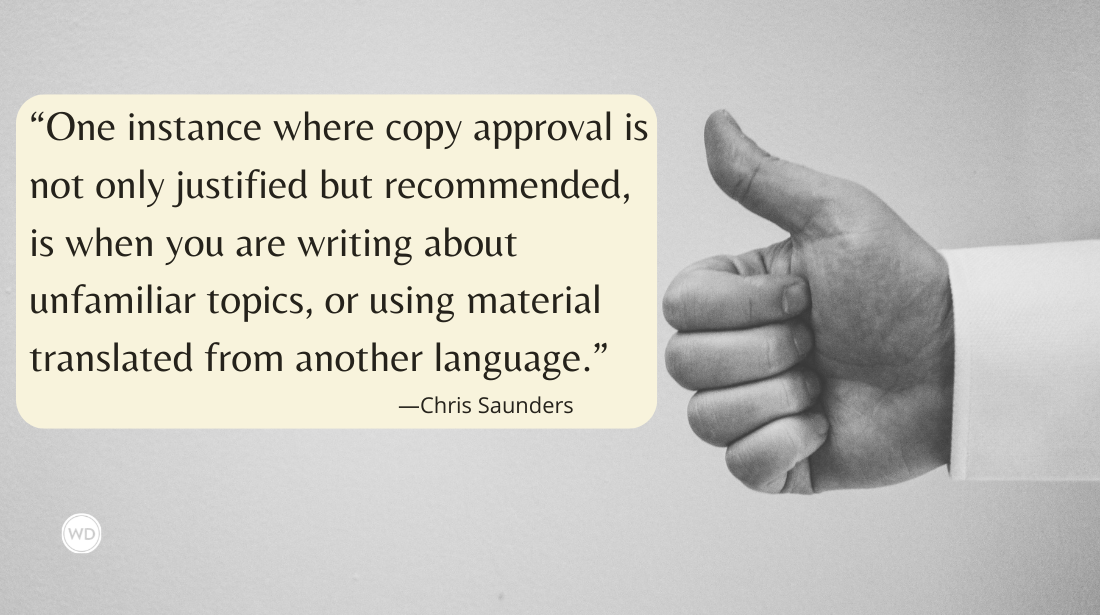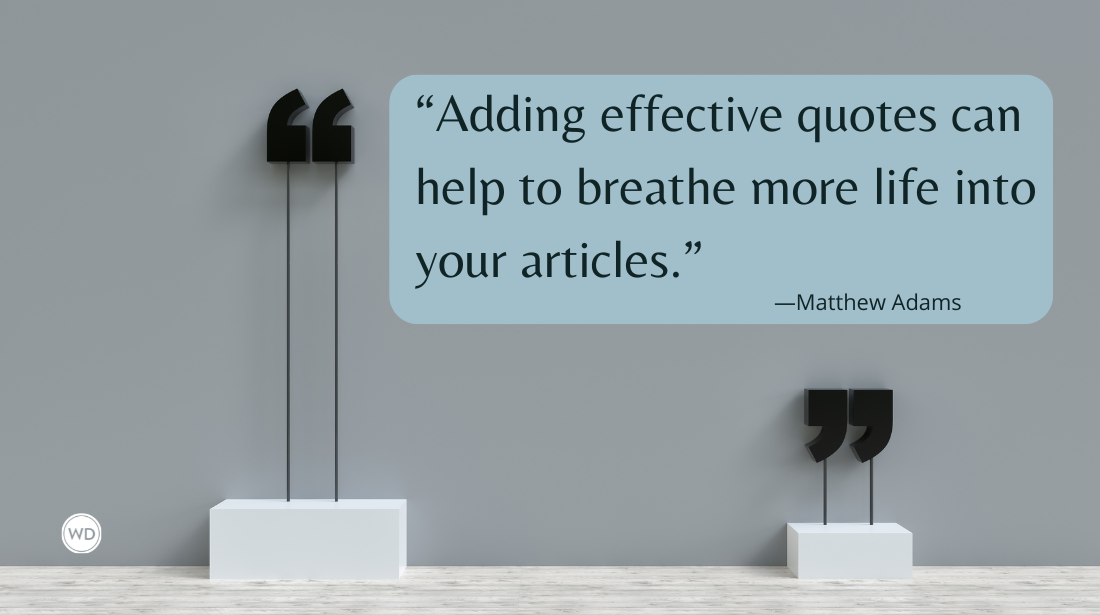4 Tips for Researching Historical Biographies
Independent historian Judith Lissauer Cromwell shares her top tips for researching historical biographies.
Writing the story of a bygone person's life involves a significant amount of research because the writer bears responsibility both to her subject and to her readers to present a fair and comprehensive picture.
I had never heard of Louise-Élisabeth Vigée Le Brun until the Metropolitan Museum of Art in New York (where I live) held a retrospective of her work. Reviewers praised the paintings to such an extent that I went to see the exhibit. Vigée Le Brun’s canvases were riveting, her brief introductory biography intriguing. This unusual woman, I vowed to myself, would be the subject of my next book.
Louise-Élisabeth Vigée Le Brun, Portrait of an Artist, 1755-1842 is my fourth book about an exceptional woman who influenced European history. Along the way, I’ve learned a few things about researching historical biographies.
Dig deep; leave no stone unturned.
Extensive research in all secondary and primary sources that touch on your subject is essential, both as regards the subject herself, the times in which she lived, and contemporaries who had or may have had, some bearing on her life.
Build a bibliography. Read biographies of your subject to become familiar with the trajectory of her life and find basic sources. Pay attention to publication dates; more recent biographies can point to new leads.
Footnotes and endnotes often contain useful information.
Articles in periodicals have a narrow focus but in-depth information and useful bibliographies.
Original/primary sources.
Your subject’s letters, diaries, etc. are vital resources even if others have already reviewed them because every researcher is selective and may have omitted something you can use. You may not find exactly what you are looking for, but you will always find something.
Private letters usually reveal the writer’s personality. For example, in researching Queen Anne, (Good Queen Anne, Appraising the Life and Reign of the Last Stuart Monarch) I found that most secondary sources described her as foolish and easily influenced. Her letters showed a woman of strong common sense with a solid grasp of business and a mind of her own. Therefore –
Quote from original sources.
Read with a discerning eye. For example, in her last years Vigée Le Brun wrote her memoirs because she wanted to control how posterity would remember her. These memoirs were extremely useful but, thanks to reliable information gleaned from another source, I saw that the artist sometimes bent the truth.
Review every possible archive. Some are digitized, which is useful if you know the exact date and reference number of the document you need, but it is always productive to browse through your subject’s papers in person. When writing about Florence Nightingale (Florence Nightingale, Feminist) I found that dozens of biographies existed, and that “all” of her voluminous papers had been published.
Regardless, I traveled to England to review her papers, which were in several archives, one of them in a country house without heat in the middle of winter. So I sat at a rickety wooden table in my warm coat and gloves to pore over boxes of private letters and found a quote that I had never come across before, and which I eventually used as a chapter heading in my book.
Use your own translations for original sources written in a foreign language. Translators and editors can sometimes overlook nuances, even omit whole sentences that could be useful to you.
Cast a wide net. Important historical figures do not live in a vacuum.
Set the scene with a description of the times in which your subject lived and how those times and major historical events affected her.
A person is known by the company she keeps. To present a well-rounded picture of your subject, describe the important people in her life, such as family, friends, and other contemporaries, and review their judgment of her. That information can be found in her letters, memoirs, and biographies about her.
Researching and writing your book.
Chronology is preferable to organizing your story by subject. The latter method leads to skipping around in time, which tends to confuse the reader, and relies on repetition to remind the reader where you are in the account of your subject’s life, which can bore the reader.
I keep my research notes in narrative style, organized in chronological files, which I revise periodically. Thus, the writing comes easily; I’m always looking forward to getting the next chapter of a fascinating life into shape.
A final word.
Research is about casting a wide net, digging deep, and leaving no stone unturned. Examine every source relevant to your subject and her times as they affected her. You never know what you will find useful.
Have fun!
Check out Judith Lissauer Cromwell's Louise-Elisabeth Vigee Le Brun: Portrait of an Artist 1755-1842 here:
(WD uses affiliate links)









